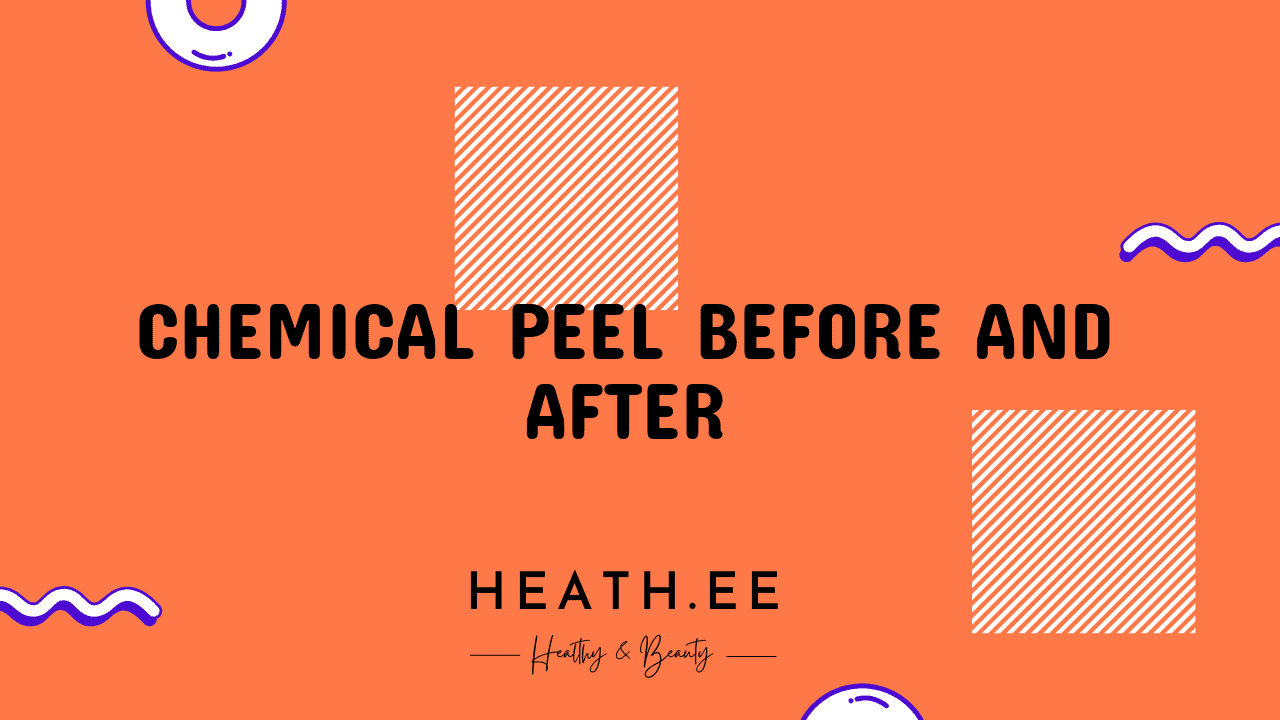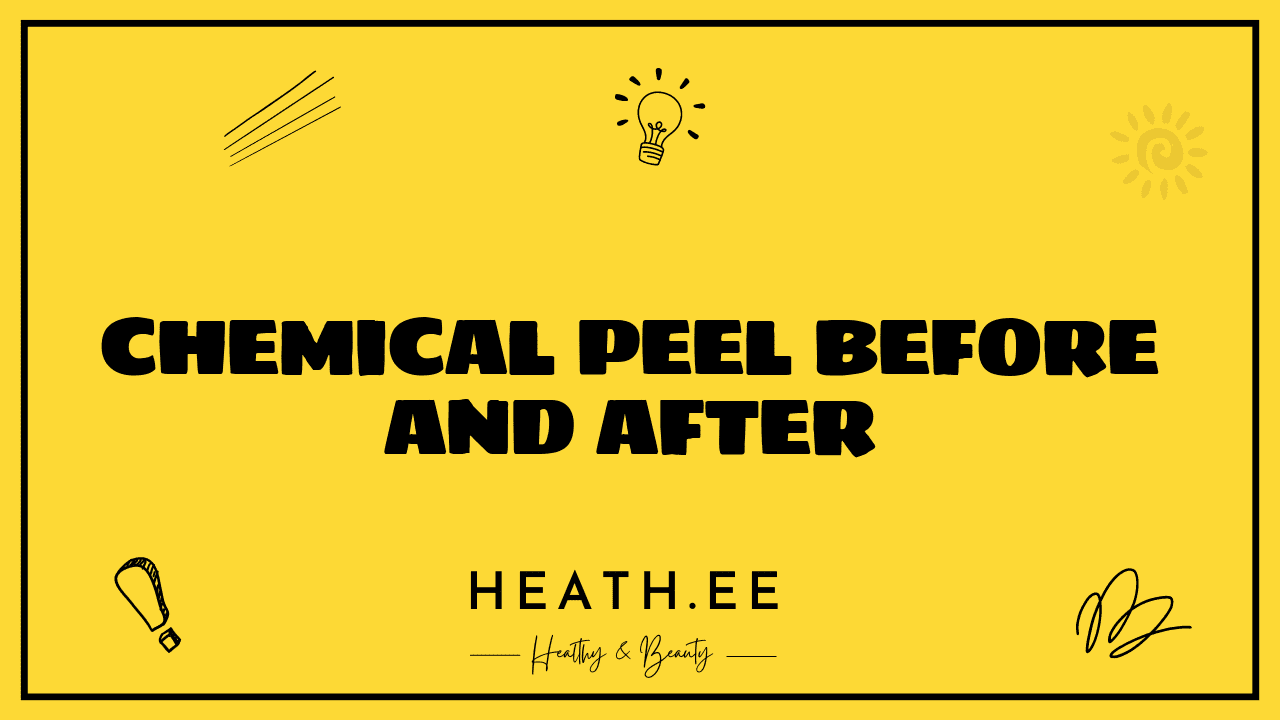Chemical peels are one of the most popular treatments for skin care, offering a variety of benefits for those looking to improve their complexion. From treating acne and wrinkles to improving skin tone and texture, chemical peels can help you achieve the glowing skin you’ve always wanted. But before you take the plunge and book an appointment, it’s important to understand what a chemical peel is and how it works. This comprehensive guide will provide you with all the information you need to make an informed decision about whether or not a chemical peel is right for you.
What is a Chemical Peel?
A chemical peel is a type of cosmetic procedure that removes the top layer of skin. It’s done by applying a chemical solution to the face, which causes the skin to blister, peel, and eventually shed. The new skin that is revealed is usually smoother and less wrinkled than the old skin. Chemical peels can be used to treat a variety of skin issues, including acne, wrinkles, sun damage, age spots, and uneven skin tone.

Types of Chemical Peels
There are three main types of chemical peels: superficial, medium, and deep. The type of peel you receive will depend on your skin type, the condition of your skin, and the results you’re looking to achieve.
Superficial Peels
Superficial peels are the mildest type of chemical peel. They use mild acids, such as glycolic acid or lactic acid, to remove the outermost layer of skin. This type of peel can help improve the appearance of fine lines, wrinkles, age spots, and uneven skin tone. It can also help reduce the appearance of mild acne scars. Superficial peels are generally safe for all skin types and require minimal downtime.
Medium Peels
Medium peels use stronger acids, such as trichloroacetic acid, to penetrate deeper into the skin. This type of peel can help improve the appearance of deeper wrinkles, age spots, and sun damage. It can also help reduce the appearance of moderate acne scars. Medium peels typically require a few days of downtime and may cause some redness and swelling.
Deep Peels
Deep peels are the strongest type of chemical peel. They use phenol to penetrate deep into the skin and remove the top layers of skin. This type of peel can help improve the appearance of deep wrinkles, age spots, and sun damage. It can also help reduce the appearance of severe acne scars. Deep peels require several weeks of downtime and may cause significant redness and swelling.
Benefits of Chemical Peels
Chemical peels offer a variety of benefits for those looking to improve their skin. Here are some of the most common benefits of chemical peels:
Improved Skin Tone and Texture
Chemical peels can help improve the appearance of your skin, making it look smoother and more even. They can also help reduce the appearance of wrinkles, age spots, and sun damage.
Reduced Acne Scars
Chemical peels can help reduce the appearance of acne scars, making your skin look clearer and more even.
Reduced Pore Size
Chemical peels can help reduce the size of your pores, making them less visible.
Reduced Hyperpigmentation
Chemical peels can help reduce the appearance of hyperpigmentation, making your skin look more even.

Chemical Peel Before and After: What to Expect
Before you get a chemical peel, it’s important to understand what to expect. Here’s a look at what you can expect before and after your chemical peel.
Before the Peel
Before your chemical peel, your provider will cleanse your skin and apply a numbing cream to reduce any discomfort. Your provider may also take photos of your skin to track your progress.
During the Peel
During the chemical peel, your provider will apply the chemical solution to your skin. This may cause a mild burning sensation. Depending on the type of peel, the solution may be left on your skin for a few minutes or up to an hour.
After the Peel
After the chemical peel, your provider will cleanse your skin and apply a moisturizer. Your skin may be red, swollen, and sensitive for a few days. You may also experience some flaking or peeling of the skin.
Aftercare Tips for Chemical Peels
Once you’ve had a chemical peel, it’s important to take good care of your skin. Here are some aftercare tips to help ensure your skin heals properly:
Avoid Sun Exposure
It’s important to avoid sun exposure for at least two weeks after your chemical peel. If you must go out in the sun, be sure to wear a broad-spectrum sunscreen with an SPF of 30 or higher.
Avoid Exfoliants
It’s important to avoid exfoliants, such as scrubs and harsh cleansers, for at least two weeks after your chemical peel.
Avoid Makeup
It’s important to avoid wearing makeup for at least two days after your chemical peel. If you must wear makeup, be sure to use a non-comedogenic (oil-free) product.
Use a Moisturizer
It’s important to use a moisturizer to keep your skin hydrated and help it heal properly. Look for a moisturizer that contains ceramides, hyaluronic acid, and antioxidants.
Chemical Peel Before and After: Final Thoughts
A chemical peel can be a great way to improve your skin’s appearance and reduce the appearance of acne scars, wrinkles, age spots, and sun damage. It’s important to talk to your provider about the type of peel that’s right for you and to follow the aftercare tips to ensure your skin heals properly. With the right care, you can achieve beautiful, glowing skin.



